
In honor of World Sight Day, optometrists and ophthalmologists reflect on what today means to them.

In honor of World Sight Day, optometrists and ophthalmologists reflect on what today means to them.

Evolving phakic IOL offers high-definition vision.
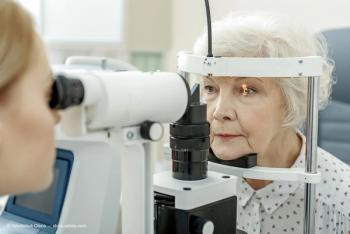
As technology improves, less-invasive treatments save patients time and money.

Melissa Barnett, OD, from the University of California, Davis Eye Center, Sacramento and Davis, CA, described new strategies, technologies, and drug classes to treat chronic conditions that include myopia, Demodex infestation, meibomian gland dysfunction, glaucoma drug delivery, advancements in corneal and cataract surgeries, and presbyopia

Postoperative scenario tracks potential complications.
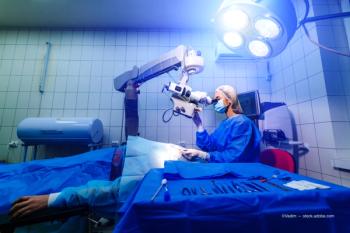
Evaluating patients’ eyelids before cataract and refractive surgery is crucial, as ptosis can create unwanted adverse effects and alter outcomes.
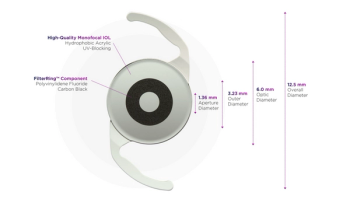
AcuFocus's IC-8 Apthera IOL features a proprietary small aperture technology that filters out peripheral defocused light and allows only focused light to reach the retina.

Correcting refractive errors in infants and toddlers differs from that in adults. Ida Chung, OD, MS, FCOVD, FAAO, walks optometrists through the pearls and pitfalls of prescribing for this patient population.
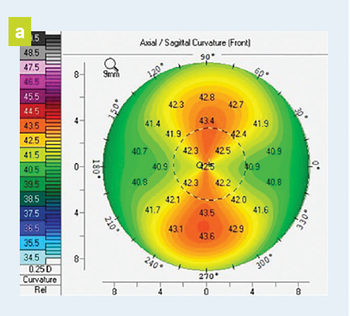
Early diagnosis enables cross-linking treatment before significant vision loss.
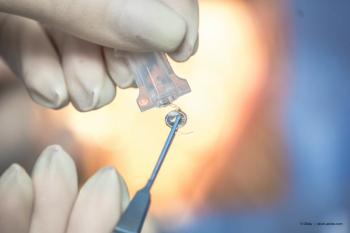
Investigators analyzed IOLs based on optical and visual quality to determine how well patients can function during challenging visual tasks, dim lighting, glare conditions, or reduced contrast.
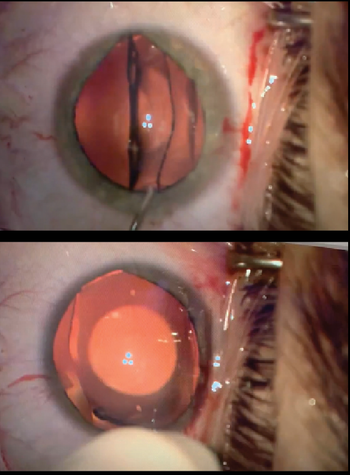
Posterior chamber pIOLs should be considered for patients in which other refractive surgeries may not be an option and as an reversible alternative with fewer complications.
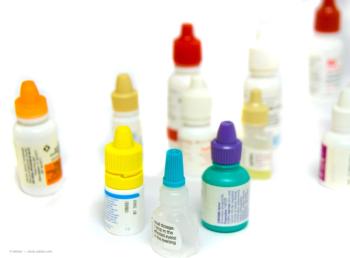
This far-less-understood option can fill multiple needs for a practice.

Practices must efficiently integrate optometry and ophthalmology, delegating appropriate care to the proper specialist, in order to ensure patients’ total eye care needs are best met.
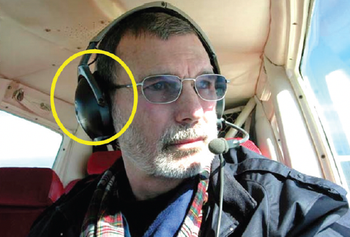
Advice for pilots to consider ahead of taking flight.

Build a stronger practice, generate revenue, and help patients avoid vision loss
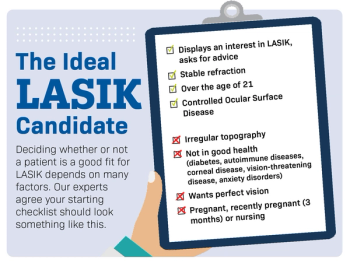
Deciding whether or not a patient is a good fit for LASIK depends on many factors. Our experts agree your starting checklist should look something like this.

There will be very little downside to optometrists and their practice in offering presbyopia-correcting drops to patients who want better vision without glasses or contact lenses.
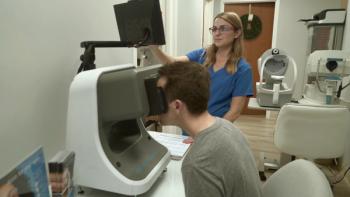
New technology improves precision of binocular vision disorder diagnosis and correction
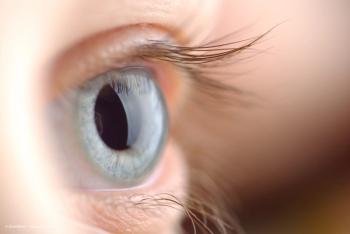
The company expects to enroll patients diagnosed with keratoconus in two trials at clinical sites in the US, South America, Europe, and Asia.

Daniel Fuller, OD, FAAO Dipl., FSLS, discusses augmenting corneal thickness in thin keratoconus corneas during corneal cross-linking via FDA-approved hypotonic riboflavin during SECO 2022.

Physicians share tales of creative workarounds to cope with this condition.
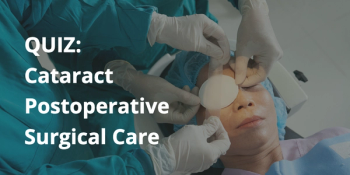
Test your knowledge!
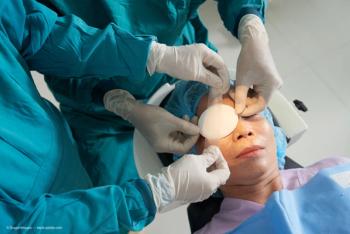
Expected findings in follow-up, management, and potential complications.

Why managing progressive keratoconus during pregnancy can be a challenge

Veteran optometrist has seen them all and is waiting for the next innovation